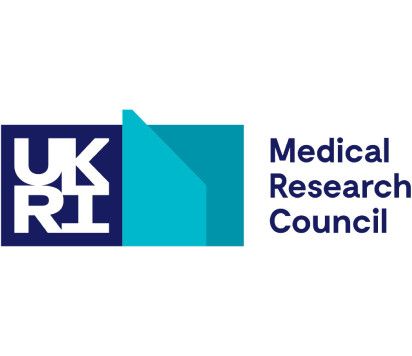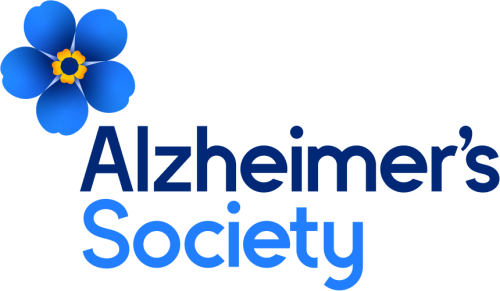BibTex format
@article{Mallas:2021:brain/awaa380,
author = {Mallas, E-J and De, Simoni S and Scott, G and Jolly, A and Hampshire, A and Li, L and Bourke, N and Roberts, S and Gorgoraptis, N and Sharp, D},
doi = {brain/awaa380},
journal = {Brain: a journal of neurology},
pages = {114--127},
title = {Abnormal dorsal attention network activation in memory impairment after traumatic brain injury},
url = {http://dx.doi.org/10.1093/brain/awaa380},
volume = {144},
year = {2021}
}




